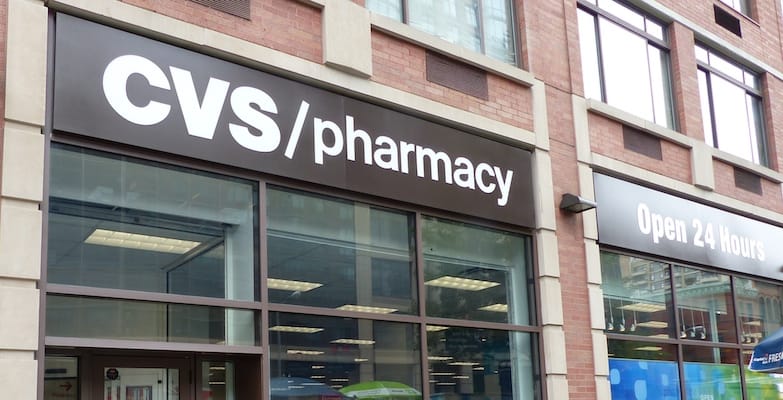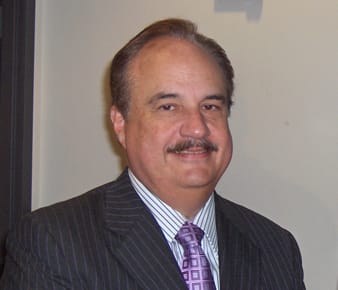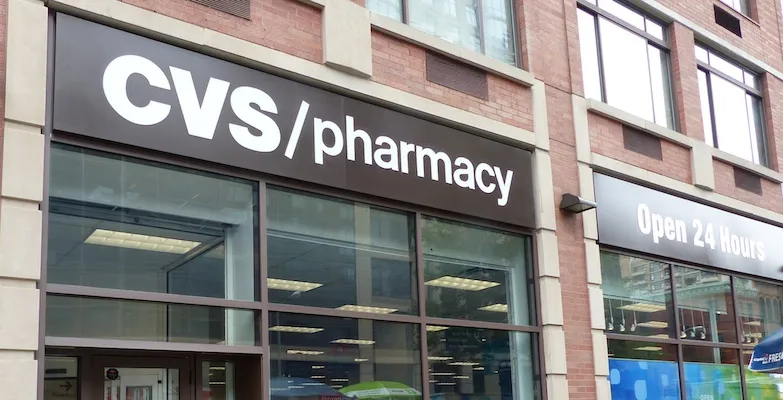
WOONSOCKET, R.I. — CVS Health posted sales gains in both of its business units and adjusted earnings per share above Wall Street’s forecast for the 2016 third quarter.
However, CVS said Tuesday that it lowered its outlook for full-year 2016 and, in preliminary guidance for fiscal 2017, expects to lose over 40 million retail prescriptions due to narrower retail pharmacy networks excluding CVS Pharmacy drug stores and other marketplace changes. The announcement sent CVS shares down by double digits in morning trading.
For the third quarter ended Sept. 30, overall sales for CVS rose 15.5% to nearly $44.62 billion from $38.64 billion a year earlier.
Sales in the retail/long-term care (LTC) segment, which includes CVS Pharmacy, totaled $20.1 billion in the quarter, up 12.5% from $17.91 billion a year ago. CVS said the gain stemmed mainly from the addition of LTC pharmacy operations with its acquisition of Omnicare Inc. in August 2015, the acquisition of Target Corp.’s pharmacies and clinics in December 2015, and comparable pharmacy sales growth.
In the third quarter, same-store sales edged up 2.3% year over year, reflecting a 1% decline in the front end and a 3.4% uptick in the pharmacy. CVS attributed the dip in front-end comparable-store sales to softer customer traffic, partially offset by growth in basket size. Comparable pharmacy sales were negatively affected by 340 basis points from introductions of new generic drugs, the company reported. Same-store prescription count increased 3% on a 30-day equivalent basis.
Third-quarter revenue in the pharmacy services segment, which includes the CVS Caremark pharmacy benefit management (PBM) business, climbed 19.2% to about $30.43 billion from $25.53 billion a year earlier, fueled mainly by a 23.3% gain in pharmacy network claim volume and growth in specialty pharmacy, CVS reported.
During the quarter, the generic dispensing rate rose by about 100 basis points to 85.8% in the retail/LTC segment and by 160 basis points to 85.4% in the pharmacy services segment, CVS said.

Larry Merlo
“We posted a solid third quarter, with the PBM exceeding our expectations and retail performing at the lower end of our expectations,” CVS Health president and chief executive officer Larry Merlo said in a statement. “However, very recent pharmacy network changes in the marketplace are expected to cause some retail prescriptions to begin migrating out of our pharmacies this quarter. In addition, we are currently experiencing slowing prescription growth in the overall market as well as a soft seasonal business. These factors combined are leading us to reduce the midpoint of our guidance for this year by five cents per share.
“The network changes have more significant implications for our 2017 outlook,” Merlo added. “While we expect a healthy increase in PBM operating profit growth in 2017, we expect a decrease in retail operating profit growth.”
On a GAAP basis, net income for the third quarter totaled $1.54 billion, or $1.43 per diluted share, compared with $1.25 billion, or $1.10 per diluted share, a year ago. CVS said the increase stems primarily from a $486 million gain (+20.9%) in operating profit in the quarter, partially offset by a $101 million loss on early extinguishment of debt. Net earnings also got a 5-cent-per share lift from a lower income tax rate resulting mainly from the resolution of income tax matters previously forecast for the fourth quarter.
Adjusted EPS in the 2016 third quarter was $1.64, compared with $1.28 a year ago, and excludes $197 million of intangible asset amortization, $65 million of acquisition-related integration costs and a $101 million loss on early extinguishment of debt.
Analysts, on average, projected CVS’ third-quarter adjusted EPS at $1.57, with estimates ranging from a low of $1.55 to a high of $1.59, according to Thomson Reuters.
For fiscal 2016 CVS lowered and narrowed GAAP diluted EPS to between $4.84 and $4.90 from its earlier estimate of $4.92 to $5.00. Adjusted EPS for 2016 also was lowered and narrowed, to between $5.77 and $5.83 from $5.81 to $5.89. Analysts’ consensus forecast is for adjusted EPS of $5.85, with estimates running from a low of $5.80 to a high of $5.89, according to Thomson Reuters.
In a preliminary outlook for fiscal 2017, CVS projected GAAP diluted EPS of $5.16 to $5.33 and adjusted EPS of $5.77 to $5.93, which the company said reflects the impact from its expected loss of more than 40 million retail prescriptions amid market shifts and narrower pharmacy networks. CVS added that the GAAP outlook includes the expected impact of the previously announced termination of one of the company’s pension plans and excludes the impact of integration costs related to the Omnicare acquisition.
“We remain confident in our model,” Merlo stated, “and we are targeting 10% growth in adjusted EPS for the longer term, as we continue to introduce new and innovative ways to drive value for patients, payors and providers.”
Before CVS’ third-quarter report on Tuesday, analysts pegged the company’s fiscal 2017 adjusted EPS at $6.53 on average, with projections ranging from a low of $6.37 to a high of $6.70, according to Thomson Reuters.
“The disappointing 2017 guidance is largely due to the projected loss of 40 million prescriptions in the retail pharmacy, a greater-than-expected impact from the Tricare, Prime and Optum partnerships with Walgreens Boots Alliance,” Deutsche Bank Securities analyst George Hill said in a research note after CVS’ third-quarter report. “The profitability of the lost scripts is also higher than expected due to the leverage associated with marginal script volume.”
During the third quarter, CVS opened 48 retail stores, relocated 11 stores and closed six stores. As of Sept. 30, the company operated 9,694 retail stores, including pharmacies in Target stores, in 49 states, the District of Columbia, Puerto Rico and Brazil.
*Editor’s Note: Article updated with analyst comment.









